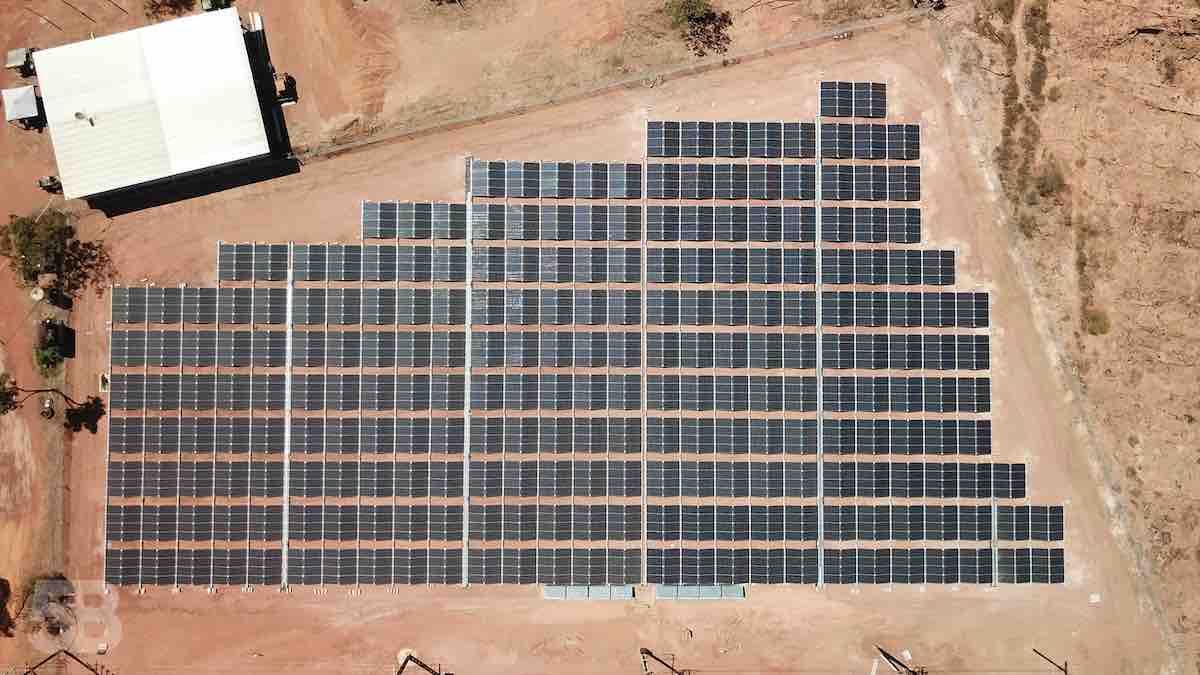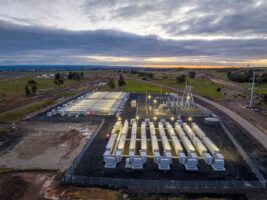Solar PV will emerge as the major energy supplier by the middle of the century, generating as much as 76% of global electricity demand which will include the transport and heat sectors, according to a new study.
Researchers at LUT University in Finland have been working on a global energy system transition model which has modelled out 100% renewable electricity futures for large swathes of the planet.
As the LUT researchers have continued to work on their model, they have continued to refine it’s projections, and this week the team, led by Christian Breyer, Professor of Solar Economy at LUT, published what they are describing as “the only known cost-neutral energy system transition scenario that meets the 1.5°C climate target set in the 2015 Paris climate agreement.”
Importantly, the findings of this latest refinement of the LUT model describes a scenario in which the 1.5°C climate target in the energy sector can be met without increasing the costs per energy unit or requiring negative CO2 emission technologies as part of the system.
“The results in our study describe a scenario that has been claimed as impossible, according to IPCC reports,” said Christian Breyer.
“We are, however, able to show that with a comprehensive direct and indirect electrification of the energy system, and renewables-based electricity supply, the climate targets can be met without increasing the costs per unit of energy.”
(You can listen to Breyer in this episode of RenewEconomy’s Energy Insiders podcast, How to electrify the world with renewables).
LUT’s energy system transition model is no pie in the sky dream, either, as the model optimises the global energy system in full hourly resolution, ensuring the balance of energy demand and supply for all hours of the year.
Unsurprisingly, therefore, the three most significant technologies according to the LUT researchers’ scenario are solar PV, batteries, and electrolysers, although other storage tecnhnologies and wind energy will play important roles.
The LUT scenario predicts that solar PV will emerge as the planet’s leading supplier of electricity, increasing from a marginal 1% in 2015 to around 32% by 2030, and then increasing even further to account for 76% of the global energy supply by 2050.
That global electricity supply will increase from nearly 24 petawatt-hours (PWh) to 137PWh in 2050, due to the electricification of the transport and heat sectors.
However, because renewable energy technologies are so much more efficient than fossil fuel technologies, global total primary energy demand (TPED) decreases from about 125,000 TWh in 2015 to around 105,000 TWh by 2035, and increases to 150,000 TWh by 2050, which results in a compound annual growth rate of just 0.5%. Per capita energy consumption falls and electricity accounts for nearly 90 per cent of total energy use.
“Each region will have a unique energy system structure, but globally solar PV is the main and least-cost source of energy, while wind energy, hydropower and sustainable bioenergy complement the renewable energy supply,” said explained Dmitrii Bogdanov, LUT researcher and lead author of the research article published in the journal Energy, entitled “Low-cost renewable electricity as the key driver of the global energy transition towards sustainability”.
“Batteries enable 24/7 solar electricity supply and road vehicle electrification, and electrolysers are the first conversion step for almost all indirect electrification options.”
The natural result of this scenario is that electricity becomes the backbone of the planet’s future energy system, providing energy for power grids as well as heat, transport, and other services.
“Renewable electricity, sector coupling and power-to-X solutions will be the central pillars of the transition towards a sustainable energy system,” said Bogdanov.
“Such a transition will require substantial investments but can be managed by 2050 and in contrast to many public statements, the global average levelised cost of energy in a sustainable energy system can even be lower than today.”
Solar’s dominance doesn’t emerge until after 2030, before which the model predicts that wind energy will be the major source of renewables with a share in electricity supply of 42% by 2030. Beyond that, as solar PV becomes more cost effective, the LUT model predicts the share of wind energy will steadily decline to about 20% until 2050, though still growing in absolute terms up until 2045.
Other renewable technologies such as hydropower, geothermal, and bioenergy will play a small role, while the model sees the contribution of fossil fuel and nuclear decline through the transition period, as they become uneconomical compared to renewables.
Global electricity supply will increase from nearly 24 petawatt-hours (PWh) to 137PWh in 2050, while electricity from the power sector (excluding heat, transport, and desalination) will increase to just around 41PWh by 2050.











